Priscilla Flemming QC
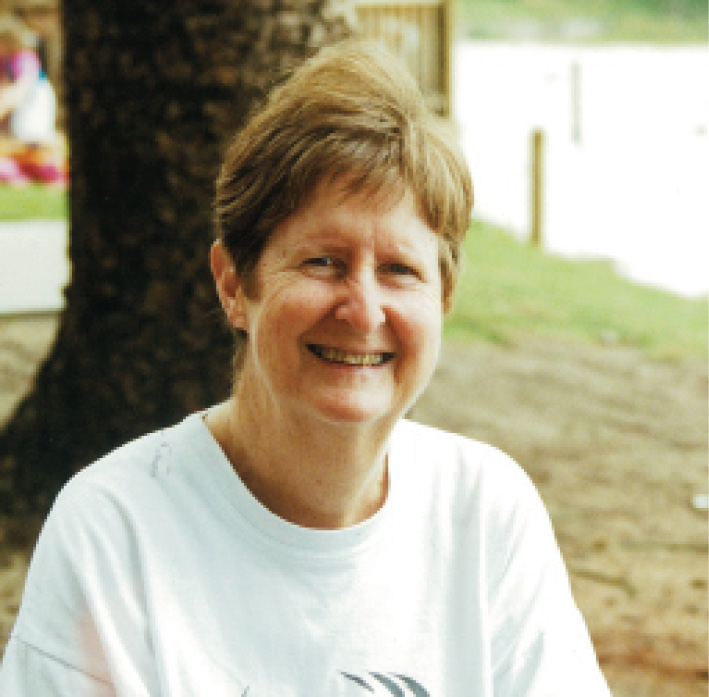
The first female Queen’s Counsel of the Private Bar
Priscilla Flemming QC (Flemming QC) became the first Queen’s Counsel in the male dominated world of the Private Bar in 1985. For some, it seems just yesterday. Not 36 years ago. To label her as a 'trailblazer' and an 'innovator' because of that unique and singular achievement is only to recognise a small aspect of her generous and kindly nature as a human being. She had a firm but pleasant nature and was much loved. In different times, Flemming QC dared to tread where angels feared. She was possessed of a happy and joyful disposition. She was a wife, a mother, a friend and a mentor to many fledgling barristers. Flemming QC had a quiet determination and perseverance which saw her succeed.
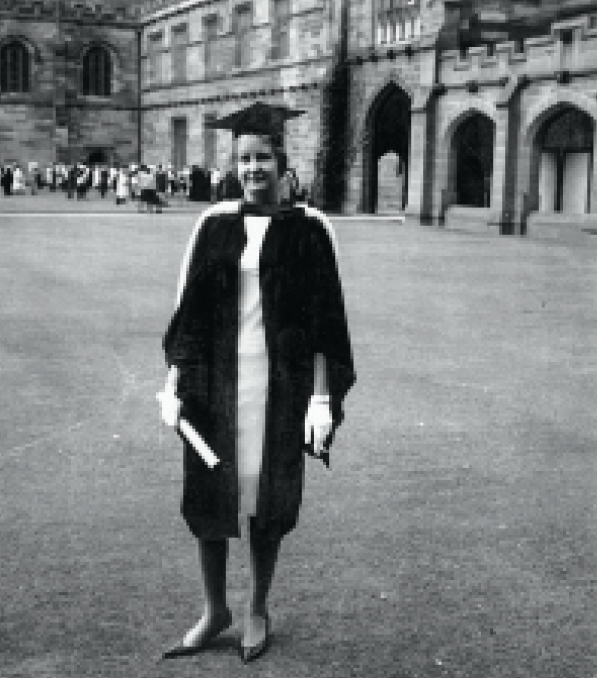
Flemming QC’s father was none other than, the Solicitor General, Harold Alfred Rush Snelling CBE QC, who had served in the WWII in New Guinea. Priscilla Flemming QC attended Kambala at Rose Bay for both primary and secondary school education. It was an idyllic and privileged childhood in the fold of the Law at Vaucluse where the family had always lived. HAR Snelling QC was an eminent member of the legal profession at the Bar and later he rose to high office in the Menzies Government. Those years are shrouded in mystery, which coincided with the time that Dr (Bert) Evatt became the Chief Justice of NSW Supreme Court (after a lengthy period on the High Court of Australia). Snelling QC retired on 12 September 1974 aged 70 years. He never took judicial appointment but opted for more gentlemanly pursuits in retirement such as swimming and gardening in Leura.
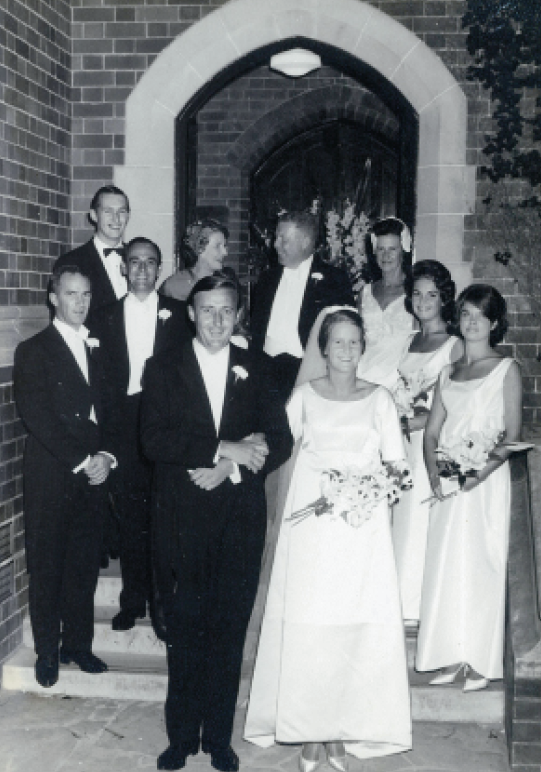
After matriculating, Flemming QC went on to the University of Sydney for an education in the Liberal Arts. In that era women had three (pre-motherhood) career options: a secretary, a teacher or a nurse. Flemming QC had no such intentions. The heady days of the 1970s had commenced and the world was changing. Shortly after graduation, she married and went on to have two children in quick succession. She was fortunate to have been raised in the cream of the Sydney legal milieu. Her destiny had been sealed: Law beckoned.
By 1970, Flemming QC had an idea that she wanted to practise at the Bar. Indeed, her friends and family began talking about it in the year or two preceding her admission. It was an idea which appealed to Flemming QC immensely. She wanted to be a barrister. She could imagine it.
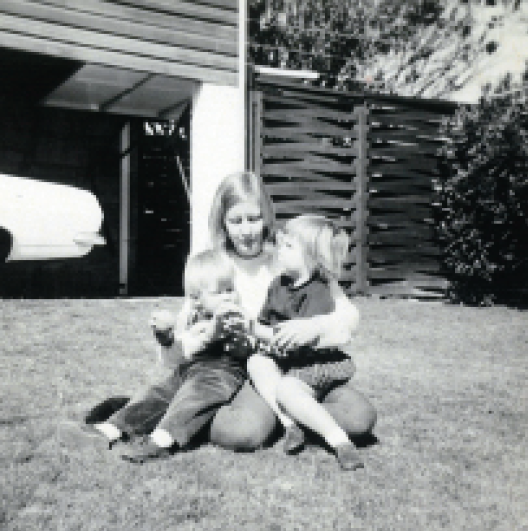
In the early 1970s, Flemming QC enrolled in the Barristers Admission Board exams. She was industrious and brimming with ambition and purpose. She was no stranger to the basal legal concepts. Her father, Harold Snelling QC, did not immediately condone her decision to become a Barrister, warning her '[the Bar] is no place for a woman'. But she was her father’s daughter, and Snelling was immensely proud of her achievement upon her admission to the Bar in 1971. Flemming QC was the 24th woman to be admitted to the NSW Bar.
In those days, Flemming QC was part of a very select group of women who were admitted and were in active practice at the Sydney Bar. It was rare to see the coterie which regularly appeared before the courts at that time; Fleming, Janet Coombes, Mary Gaudron, Jane Matthews, Caroline Simpson and some time later Joan Rosanove, Virginia Bell, and Margaret Beazley, PA Bergin, Elizabeth Fullerton and Carolyn Davenport.
At the time, the Bar was punctuated by an intimidating atmosphere – it was a tacit feeling of being unwelcome and inadequate. Women bore the brunt of that atmosphere. Flemming became accustomed to it but was not deterred.
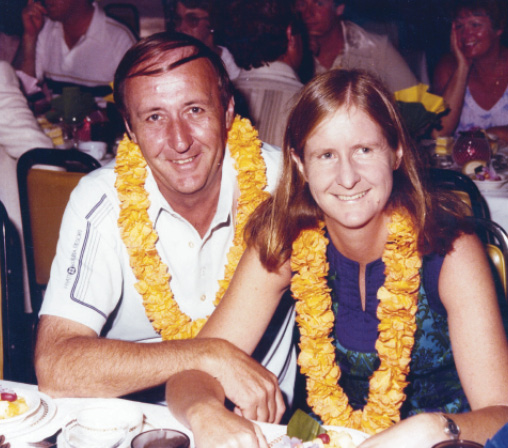
Flemming QC found great fortune to have as her Pupil Master, RJB St John (1925 – 2003) (who later became a QC and an original Judge of the Federal Court of Australia). His nickname was 'The Bear' on account of his uniformly grumpy and cantankerous temperament and personality. St John taught Flemming QC much of the craft of the Barrister and the old tricks of trial advocacy and especially jury trials.
Junior Barristers in her era tended to do family law before the family law legislation came into effect in the mid 1970s, as well as many criminal briefs both defence and prosecution. Flemming QC was often in cases concerning motor accidents and was often led by Bob St John in some significant cases, however, often she appeared for defendants. The Commonwealth Crown Solicitor often briefed Flemming QC and she became a preferred counsel. With the rise of administrative law, Flemming QC also gained experience in that sphere, together with statutory interpretation. She also appeared before the Licencing Court and also the Worker’s Compensation Court, amongst other niche courts.
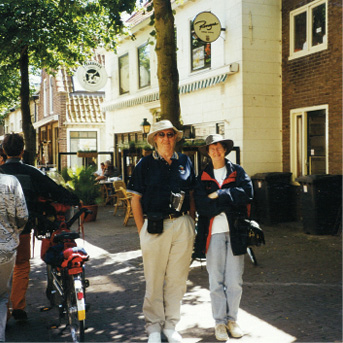
Most solicitors across the board refused to brief female Barristers. This added to the wall of unconscious bias clearly and saw the practical exclusion of women barristers for so many years. Flemming QC keenly observed and understood the inner workings of the profession that she came to love. Female practitioners were still a minority and were widely regarded as an oddity or at least never taken seriously. There were however, some solicitors, both suburban and country, who contrary to the prevailing practice, entrusted briefs to Flemming QC.
Also at this time, most established Chambers would not accept female applications. Bob St John was Flemming QC’s entrée onto the 12th Floor of Selborne Chambers. Her pupillage was in the old style – she sat in Bob St John’s room and was able to observe and participate in most of his daily life in chambers.
As a member of the distinguished 12th Floor, she fraternised with some of the best Barristers of the time; Chester Porter QC, The Hon. David Yeldham QC, The Hon. JMN (Moreton) Rolfe QC and The Hon. Brian Sully AM QC. The Hon. Murray Wilcox QC had been one of her mentors. The Hon. Peter Wolstenholme Young AO QC from 8 Wentworth Chambers, often led her in the Federal Court of Australia, which was a fledgling court in those days. Later, Young QC became the Chief Judge in Equity and a Judge of Appeal.
Towards the end of her professional years, Flemming QC observed residual hostility about the male female divide in the profession. She often recalled the advice of Joan Rosanove who expressed it with graphic hyperbole, 'One needed to have the hide of a rhinoceros, and when they kick you in the teeth you must look as though you hadn’t noticed'. She pointed out a certain urbane brutality in the Old Bar Common Room at the time – the traditional gathering place for luncheon for male barristers. Female barristers were generally not welcome. She was introduced to members of the Bar and the judiciary, who would often answer: 'Ah yes, you mean, Harold’s daughter…'
By 1985, Flemming QC had been practicing continuously for fourteen years. It was the year she took Silk. This marked the occasion of the first woman in private practice to take Silk at a time when the Governor-in-Council would make recommendations to the Queen for those eligible to be one of her Majesty’s Counsel learned in the law. The Hon Mary Gaudron had taken silk four years prior in 1981 but she was at the time the NSW Solicitor-General, a position that came with Silk.
Flemming QC would continue in practice at the Bar as a QC, capably and well, for four years before retiring. The enormity of the workload took a toll in the ensuing years. At the height of her seniority, Flemming QC worked seven days a week. The work was relentless and the pressures unimaginable. She knew the Bar too well.
The apple doesn’t fall far from the tree. Flemming QC did not seek appointment to any court, in fact, she had been made several offers to become a judge but rejected them. She determined that the isolation and loneliness of judicial life would not have suited her. She also recalled her father Harold Snelling QC’s predicament in high office.
A currently sitting judge of the Supreme Court, the Honourable Justice Peter Johnson, vividly recalls appearing in a number of cases with Flemming QC leading him, namely Varley v Attorney-General of New South Wales (1987) 8 NSWLR 30 and Murphy v Tavern Stock (1988) 93 FLR 14 . He also recalls her appearing as Counsel Assisting the Coroner Kevin Waller, at inquests in 1987 and 1988 after the Family Court bombing occasioning the deaths of Pearl Watson and David Opas.
His Honour recalls learning a lot from Flemming QC, who was a supremely good operator and had the ability and fine judgment that a Silk should exercise. Johnson J recalls her serene demeanour and her calm and polite presence both in and out of the Court room.
The Honourable RS McColl on the occasion of her appointment to the NSW Court of Appeal recalled Flemming QC’s support of her in her swearing in speech in the Banco Court. Her Honour recalled that together with Margaret Renaud, both barristers, did not know her but still afforded her time and effort to progress her at the Bar. Margaret Renaud eventually obtained appointment to the Family Court of Australia, and likewise Justice Ainslie-Wallace and Justice Margaret Cleary. McColl JA recalled Flemming QC taking silk and having then a vast practice of a Silk at the height of her powers.

Flemming QC had achieved what she set out to do. She became a distinguished member of the inner bar. By retiring in 1989, she enjoyed three decades of wonderful other experiences. Flemming QC and her husband moved to the Hunter Valley then latterly to Lake Cathie on the NSW Mid-North Coast (near Port Macquarie). There she lived a seaside life with her husband Paul. Her contact with the City and the Bar diminished. The Bar was one aspect of her life – albeit an important one. Most of all, she prized being a warm, kindly and personable individual in both her professional life and her personal life. She is recalled fondly and lovingly by all of her colleagues who survive her from the Bar.
Flemming QC had a distinguished professional life of the most fulfilling kind. She will always be the first female QC of the Private Bar. Her exulted status at the Bar was a feat to be celebrated and remembered. It signalled the changing face of women practitioners at the NSW Bar and in the legal profession. As in life, may her light shine brightly…
Kevin Tang, 8 Wentworth Chambers